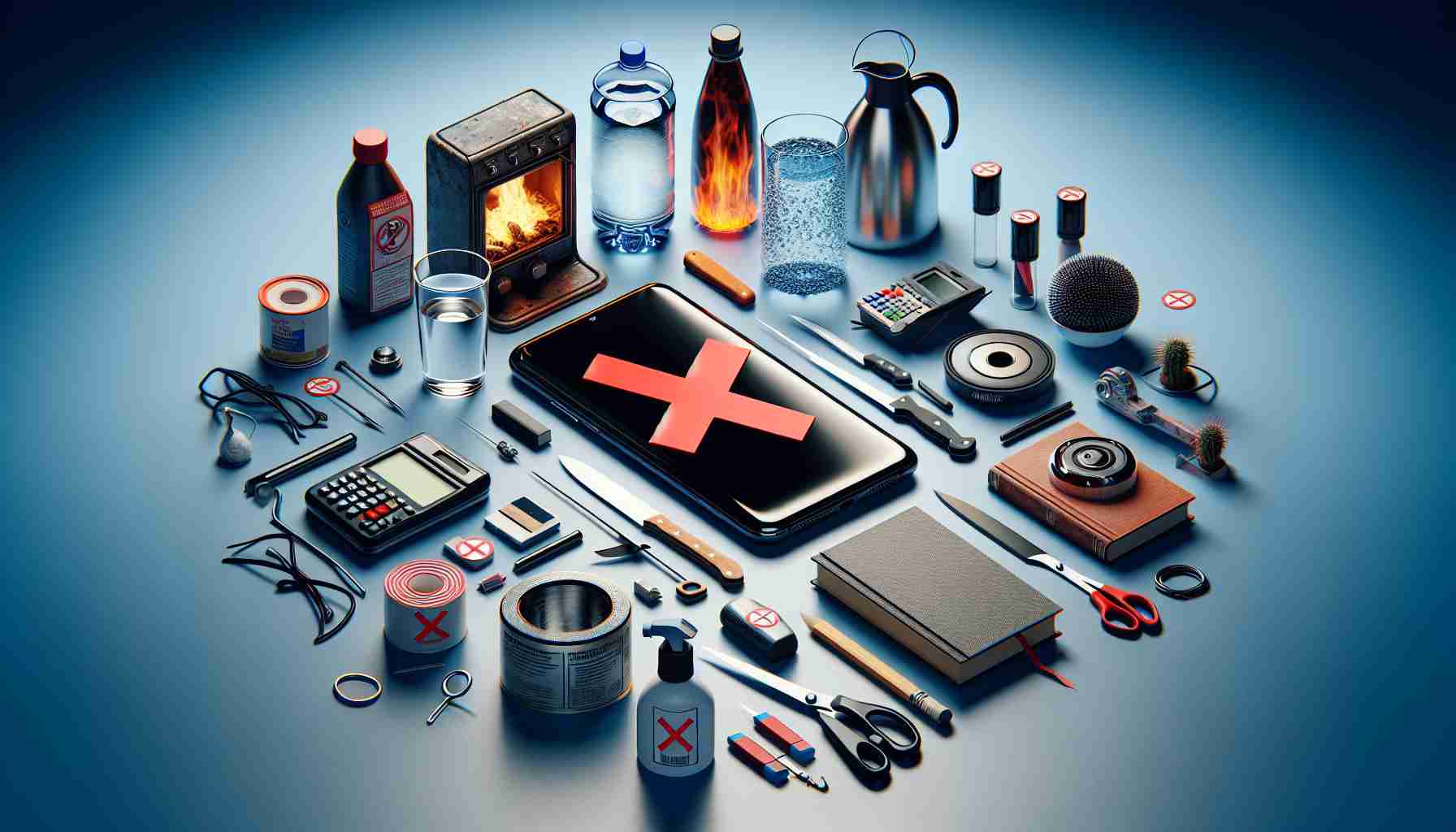Protecting Your Phone From Everyday Hazards
Smartphones have become central to our daily lives, fulfilling numerous functions from communication to entertainment. However, certain common items, if kept too close, can damage these indispensable devices.
Identifying Potential Threats in Your Pocket
Scratches from Keys: Storing keys and phones together can lead to scratches, particularly on the phone’s back panel. The worst-case scenario includes a scratched touch screen that could compromise functionality.
Wallet Woes: Paper money trapped between a phone and its case can cause overheating, as it hampers proper heat dissipation. Persistent pressure on the phone, especially from other objects in a wallet, might deform a plastic phone body over time.
Plastic Card Pitfalls: A smartphone’s magnetic field could demagnetize credit or discount cards. Furthermore, the chips embedded in some cards are vulnerable to damage from a phone’s electromagnetic emissions.
Effects of Electronic Devices: Surrounding electronic gadgets emit radio waves that could interfere with a phone’s signal, leading to decreased connection quality. Additionally, proximity to several electronics could result in overheating and impaired performance.
Aside from the items listed, it’s also wise to avoid storing phones in places with high humidity or temperature, using them near significant sources of electromagnetic fields, such as microwave ovens or high-voltage power lines, and charging them with uncertified chargers.
Understanding the Risks of Magnetic Interference
One potential risk not mentioned in the article is the hazard of strong magnets found in certain accessories, like magnetic phone holders or cases. These can affect the internal components of your smartphone, particularly the compass or magnetometer, which can interfere with navigation apps.
Importance of Environmental Conditions
The impact of environmental conditions such as direct sunlight or extreme cold is also significant. Prolonged exposure to the sun can cause the phone to overheat, leading to battery damage or reduced performance. Conversely, using a phone in very cold conditions can lead to battery depletion and possible liquid crystal display (LCD) malfunctions.
Addressing the Question of Water Exposure
Water damage is a prominent threat to smartphones. Although many modern phones boast some level of water resistance, submersion or exposure to excessive moisture can lead to irreparable damage. It’s essential not to bring your smartphone to environments where it could be dropped in water or exposed to excess humidity.
Utilizing Protective Accessories for Enhanced Safety
Using screen protectors and durable cases can significantly reduce the risk of damage from falls or scratches. High-quality cases can also provide a buffer against potential hazards like small magnets, while specialized screen protectors can prevent fingerprint buildup and minor abrasions.
Advantages and Disadvantages of Protective Practices
The primary advantage of safeguarding your smartphone is extending its longevity and maintaining its functionality. However, some protective measures, like using bulky cases, can add weight and hide the phone’s aesthetics. Additionally, overly aggressive protection can sometimes inhibit the phone’s signal reception or ease of use.
Controversies and Key Challenges
A challenge that consumers often face is finding the balance between necessary protection and preserving the phone’s usability and design. Some controversies revolve around the trade-offs between rugged phone cases versus the inconvenience they present, or the reliability of certain water-resistant claims made by manufacturers.
For additional information on safeguarding your smartphone and related topics, you may find these websites useful:
– Apple
– Samsung
– Android
Remember to keep your smartphone away from potential hazards to ensure that it continues to serve you effectively for the longest time possible.
